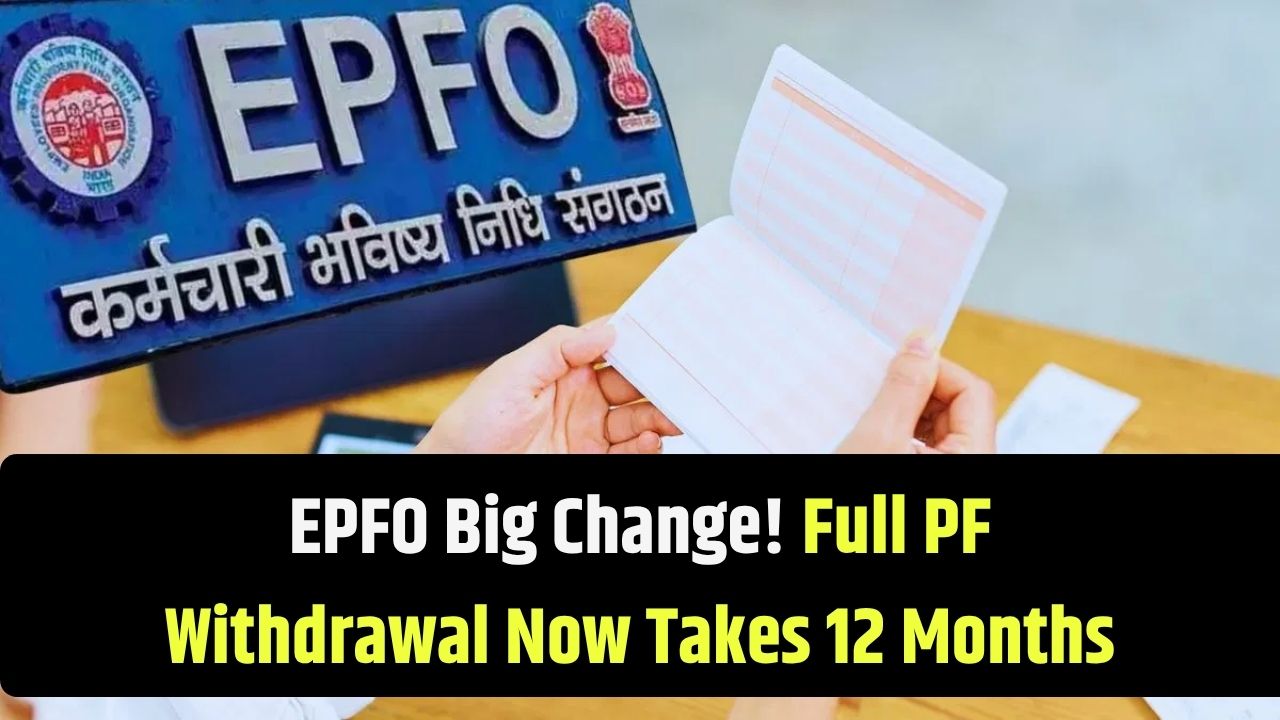
The Employees’ Provident Fund (EPF) is an important retirement savings tool for millions of salaried employees in India. But when it comes time to withdraw from your PF account, understanding how to do so without losing a big chunk to taxes is crucial. Here are five practical tips to help you minimize tax liability and keep more of your hard-earned money.
1. Wait Until You Complete 5 Years of Continuous Service
The simplest and most effective way to avoid tax on your PF withdrawal is to wait until you have completed five continuous years of service. This five-year period includes service from all your previous employers, as long as you have transferred your PF balance during job changes. Withdrawals made after completing five years of continuous service are completely tax-free, with no TDS deducted and no tax payable in your income return.
2. Submit Form 15G or 15H to Avoid TDS If You Withdraw Earlier
If you need to withdraw your PF before the five-year mark, you can still avoid Tax Deducted at Source (TDS) by submitting Form 15G (if you are below 60 years old) or Form 15H (if you are a senior citizen). These are self-declaration forms declaring that your total income is below the taxable limit, thus exempting you from TDS on your withdrawal amount. This is especially useful if your total income is low and you do not want TDS deducted unnecessarily.
3. Transfer Your PF Account When Changing Jobs
Instead of withdrawing your PF balance when switching jobs, transfer the amount to your new employer’s PF account. Transferring PF maintains the service continuity, keeping your corpus intact without breaking the five-year clock. This way, your PF withdrawals remain tax-free in the future, and no TDS applies during transfers.
4. Use Partial Withdrawals for Approved, Tax-Exempt Reasons
The EPF allows partial withdrawals for specific purposes without attracting taxes, even before completing five years of service. Such exempt withdrawals can be made for medical emergencies, children’s education expenses, home loan repayment, marriage, and house renovation, among others. Planning your partial withdrawals carefully can help you meet urgent needs without facing additional tax burdens.
5. Keep Withdrawals Under ₹50,000 If Made Before 5 Years
If you decide to withdraw before the completion of five years, withdrawing amounts less than ₹50,000 helps avoid TDS deduction. While the withdrawn amount may still be taxable if your total income crosses the exemption limit, no TDS will be applied on withdrawals below this threshold. This helps you avoid upfront tax deductions that can affect your liquidity.
By following these tips, you can optimize your PF withdrawals to be tax-efficient, protect your retirement savings, and reduce the surprise tax liabilities.
Remember to always keep your PAN updated in your EPF records to avoid higher TDS rates, and consult a tax professional for personalized advice based on your income profile.





